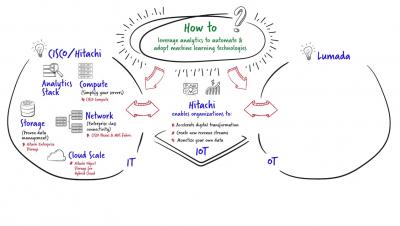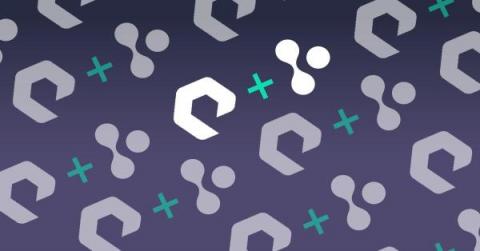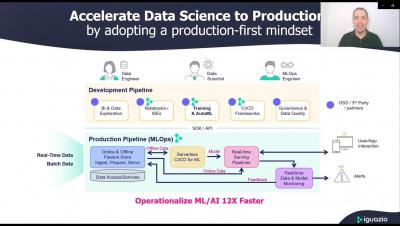Systems | Development | Analytics | API | Testing
Machine Learning
The Ultimate Map to finding Halloween candy surplus
As Halloween night quickly approaches, there is only one question on every kid’s mind: how can I maximize my candy haul this year with the best possible candy? This kind of question lends itself perfectly to data science approaches that enable quick and intuitive analysis of data across multiple sources.
How to Bring Breakthrough Performance and Productivity To AI/ML Projects
By Jean-Baptiste Thomas, Pure Storage & Yaron Haviv, Co-Founder & CTO of Iguazio You trained and built models using interactive tools over data samples, and are now working on building an application around them to bring tangible value to the business. However, a year later, you find that you have spent an endless amount time and resources, but your application is still not fully operational, or isn’t performing as well as it did in the lab. Don’t worry, you are not alone.
Dataiku Honours Data Science Heroes
Your Parents Still Don't Know What a Hashtag Is. Let's Teach Them the Basics of Machine Learning and Streaming Data
Quite often, the digital natives of the family — you — have to explain to the analog fans of the family what PDFs are, how to use a hashtag, a phone camera, or a remote. Imagine if you had to explain what machine learning is and how to use it. There’s no need to panic. Cloudera produced a series of ebooks — Production Machine Learning For Dummies, Apache NiFi For Dummies, and Apache Flink For Dummies (coming soon) — to help simplify even the most complex tech topics.
Model Serving and Monitoring with the Iguazio MLOps Platform
What Is Kaggle?
If you've ever wanted to discover more about Kaggle, the online community for machine learning students and data scientist practitioners then look no further than our expert-led guide to get an overview on all the basics you need to know about this amazing opportunity provider and competition organiser.
Iguazio's Feature Store - Demo
Building Machine Learning Pipelines with Real-Time Feature Engineering
Real-time feature engineering is valuable for a variety of use cases, from service personalization to trade optimization to operational efficiency. It can also be helpful for risk mitigation through fraud prediction, by enabling data scientists and ML engineers to harness real-time data, perform complex calculations in real time and make fast decisions based on fresh data, for example to predict credit card fraud before it occurs.










